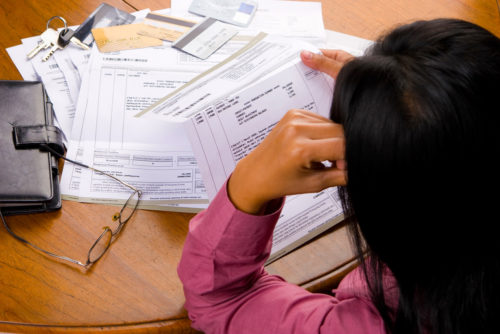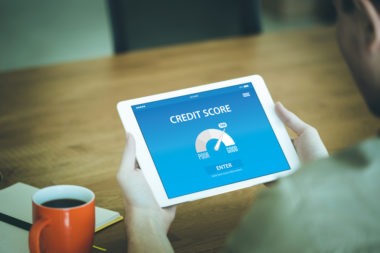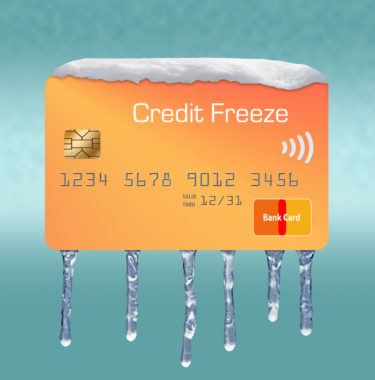You apply for credit through a credit card, mortgage, or another type of loan when you need to make a purchase but don’t want to pay for the entire price upfront. Credit allows you to make big purchases and pay for them over time. There are two different types of credit: closed end credit and open end credit. With closed end credit, the loan terms, including the loan amount, are set and you make payments until you’ve satisfied the loan.
Once the loan is satisfied, you don’t owe any more and if you want additional credit, you have to apply for a new loan. If you’re a responsible borrower, closed end credit can boost your credit score and show your creditworthiness.
It’s important to understand how these lines of credit work before taking on closed end or open end credit. Learning what you should look for can ensure you agree to the type of credit you feel comfortable with, which will help you achieve financial goals in the future.
Table of Contents
Closed End Credit vs. Open End Credit
Open end credit refers to credit that you can keep adding on to, as long as you continue meeting the terms of the creditor agreement. With open end credit, you can continue making purchases and paying for them in the future, as long as you continue making at least the minimum payment each month. Common examples of open end credit include credit cards or home equity lines of credit.
Closed end credit is different because it doesn’t allow you to continue using the same credit over and over. With closed end credit, when you originally apply for a loan with the lender, the terms never change.
The loan amount, interest rate, and loan term are agreed upon and both you and the lender must adhere to these terms. Once the closed end credit is paid off and the loan balance is satisfied, the loan is closed and no more credit is available to you.
Approval
Before you are approved for closed end credit, you must apply through a lender, which is usually a bank or financial institution. In some cases, you may be eligible to apply for a personal loan to use however you wish. However, in some cases, you must have a specific purpose for the loan, such as buying a car or home.
Before approving you for a loan, the lender will check your credit score and history. This information helps the lender to better understand the type of risk they’re taking and the loan terms you may be eligible for. You may also be required to provide a down payment before you receive loan approval.
When you apply for open end credit, you also need approval from a credit card company or lender. Your eligibility and loan terms, including your credit limit and interest rate, are determined by your credit score and history.
You aren’t required to provide a down payment or give information on how you plan to use the credit. When you agree to the terms, you can continue using the credit up to the limit, as long as you continue making at least minimum monthly payments to the lender or credit card company.
Interest Rates
With closed end credit, you make a payment that includes a certain amount of both principal and interest each month until you satisfy your loan balance. In most cases, your interest rate never fluctuates and you make the same payment each month. Since you’re always responsible for paying interest on your balance, closed end credit is associated with lower interest rates than open end credit.
While you also generally keep the same interest rate with open end credit, your balance may fluctuate from month to month depending on how you use it. When you carry a balance, you must pay interest on that balance. Since you have the ability to pay off your balance each month without owing interest, creditors usually set these interest rates higher than for closed end credit.
Payment
With closed end credit, you agree to a monthly payment that you’ll make until the end of the loan term. This payment includes interest and principal, which slowly decreases your loan balance until it’s satisfied.
Since the lender is relying on these monthly interest payments, your loan term may include prepayment penalties. If you pay off the credit early in a lump sum, you may need to pay this penalty fee as well. If you’re late making your payment, you may also be responsible for late fees.
With open end credit, the minimum payment you’re responsible for making each month may fluctuate since your balance also may fluctuate. You may choose to only make the minimum payment or to completely pay off your balance, depending on your monthly budget. You won’t be charged fees if you pay off your balance at once. However, if you make your monthly payment late, you may be charged late fees.
Closed End Credit Examples
There are a few common ways you may use closed end credit, such as:
Secured vs. Unsecured Closed End Credit
Secured credit is offered by a lender only when the borrower provides collateral for the loan. This makes the lender’s risk much lower so they’re more likely to offer favorable credit terms.
A lender offers unsecured credit when the borrower doesn’t have collateral to provide against the loan. To qualify for unsecured credit, a lender examines the borrower’s credit score and history to ensure they aren’t taking on too much risk.
Closed end credit may be offered as a secured or unsecured loan. If you’re applying for a home or car loan, you’re putting up the house or car as collateral, so it’s a secured loan. If you apply for a personal or business loan without collateral, you’re asking for unsecured closed end credit. If your credit score or history isn’t sufficient, you may be asked to provide collateral and agree to secured closed end credit instead.
How Closed End Credit Affects Your Credit Score
Just like other credit accounts, closed end credit can positively or negatively affect your credit score. If you make payments on time, your lender reports your behavior to the credit bureaus and your score improves.
When you make late payments, they’re also reported to the credit bureau. Late payments cannot be removed from your credit report unless they were erroneously reported. They negatively affect your credit score and only disappear when enough time has passed.
Once you’ve satisfied your loan balance, you’ll still see the account on your credit report for 10 years. Any negative information that was reported remains on your credit report for seven years until it disappears.
If you need money for a big purchase or simply want to build your credit score through borrowing, it’s important to understand the differences between closed and open end credit. Review the loan or credit terms before agreeing to them so you can use this opportunity to improve your credit instead of damaging it.
Image Source: https://depositphotos.com/





